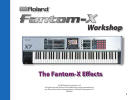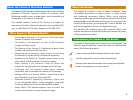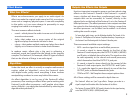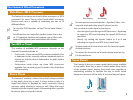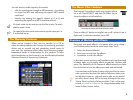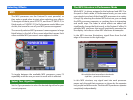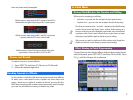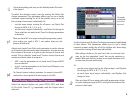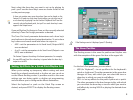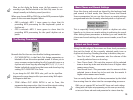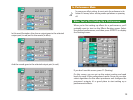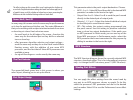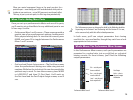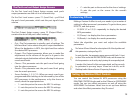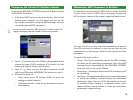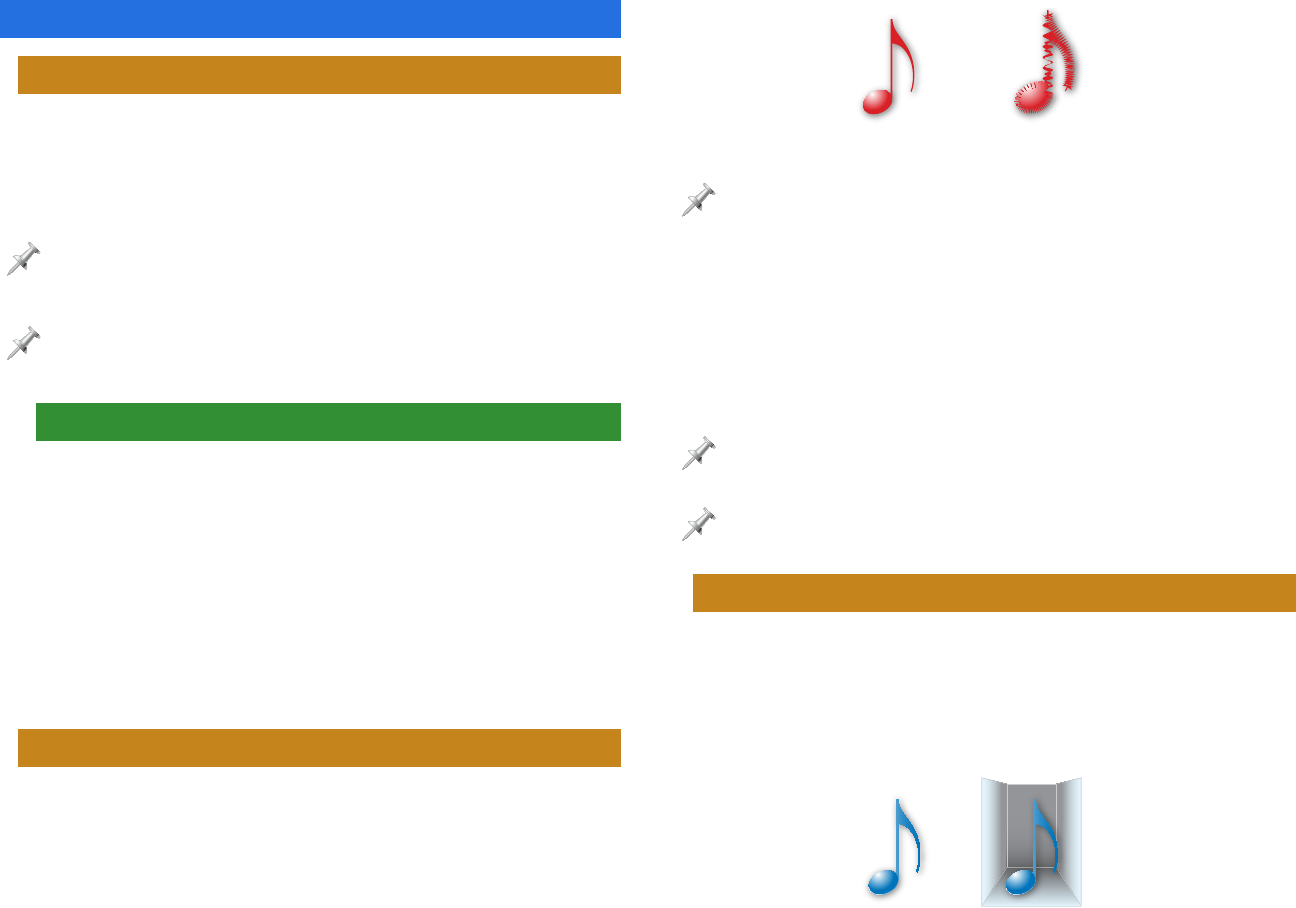
4
The Fantom-X Effect Processors
Multi-Effects (MFX) Processors
The Fantom-X contains a set of multi-effect processors, or “MFX
processors” for short. They’re called “multi-effect” processors
because each one is capable of producing any one of 78
different effects.
For a list of the 78 MFX algorithms, see Page 270 in the Fantom-X Owner’s
Manual.
Each MFX processor uses a single effect algorithm at a time. Even so, there
are 12 “combination” algorithms that incorporate a pair of effects, and a
number of the algorithms contain several distinct effect elements.
Two MFX or Three?
The number of available MFX processors depends on the
Fantom-X’s operating mode. In:
• Patch mode—there are two MFX processors available. One
is dedicated to the currently selected keyboard patch or
rhythm set, and the other is dedicated to the pads’ rhythm
set or patch.
• Performance mode—there are three MFX processors
available. You can send any part’s sound to any of the three
MFX processors.
Stereo Chorus
The Fantom-X contains a stereo chorus that’s always available
to any patch, drum key, or part. A chorus makes a copy of a
signal and delays its playback by small, constantly varying
amounts, subtly altering its tuning as well. When the copy’s
blended with the original signal, a shimmering effect, popular
for electric piano and synths, results.
Before chorusing
After chorusing
The chorus processor has a second algorithm—Algorithm 02: Delay—that
can provide a high-quality delay instead of a chorus if you wish.
You can send an audio signal to the chorus:
• after the signal’s gone through an MFX processor—by setting
its output to MFX and adjusting the signal’s MFX chorus
send level.
• directly—by setting the signal’s output to A or B and
adjusting the signal’s non-MFX chorus send level.
All signals routed into the chorus arrive in mono. The chorus itself expands
the signals into stereo.
The output of the stereo chorus can be routed to physical output pair A or
B, as described later on.
Stereo Reverb
The Fantom-X also has a stereo reverb that’s always available
to any patch, drum key, or part. A reverb makes many copies
of the original signal, playing them back close together at
diminishing volumes to simulate the way in which sound
decays as it bounces off the walls of an actual physical space.
Before reverb
After reverb



